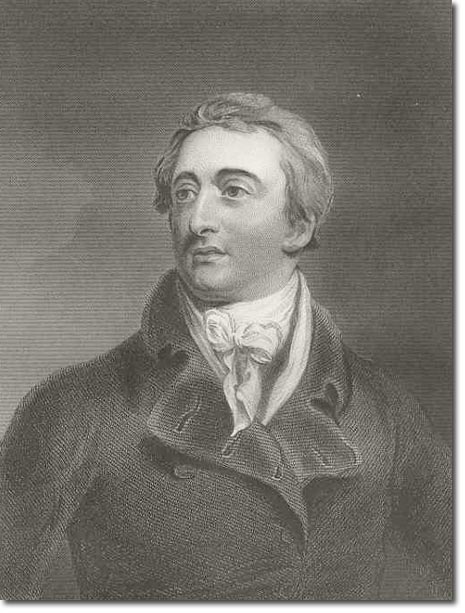|
|


|
| William Henry Cavendish-Bentinck was born in Buckinghamshire on 14 Sep 1774, the second son of the 3rd Duke of Portland. He was educated at Westminster School and entered the army as an officer in the Coldstream Guards. He went to Italy in 1799 with the rank of lieutenant-colonel and served as liaison officer with the Austro-Russian forces. He commanded cavalry in Egypt in 1801, and in 1803 was appointed Governor of Madras thanks to his father's influence. His work there was overshadowed by the mutiny at Vellore in July 1806. He served in the Peninsula and fought at Corunna in 1808. In 1811 he was appointed envoy to the Bourbon Court of the Two Sicilies and promoted plans for an independent and united Italy. He was recalled to Britain in 1815 where he was commissioner for drainage and navigation in the Fens. He returned to India as Governor-General in 1828 a held the post until 1835 during which time he instigated social, economic and political reforms. He made important administrative reforms, opened up the judiciary to Indians, suppressed such practices as suttee, infanticide and the murderous robbing activites of the thuggees. All this laid the foundations of modern India. He was MP for Camelford 1796, Notts 1796 -1802 and 1812 -1814, King's Lynn 1826 - 28, Glasgow City 1836 - 39. He was not a keen speaker and made few speeches in the house. He married Lady Mary Acheson in 1803; she was the daughter of the 1st Earl of Gosford. They had no children. He was Colonel of the 20th Light Dragoons from 4 Jan 1810 to 26 Jan 1813 and the 11th Hussars from 27 Jan 1813 until his death on 17 June 1839. |
Armed Forces | Art and Culture | Articles | Biographies | Colonies | Discussion | Glossary | Home | Library | Links | Map Room | Sources and Media | Science and Technology | Search | Student Zone | Timelines | TV & Film | Wargames